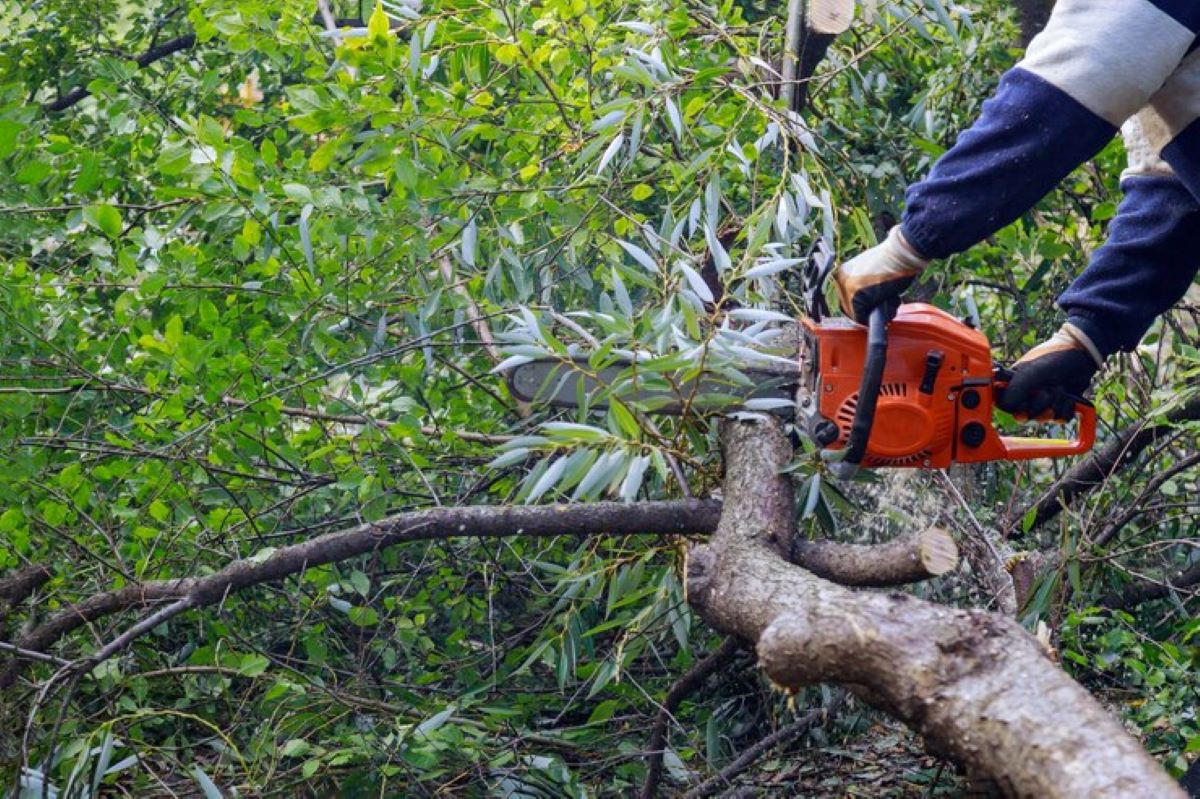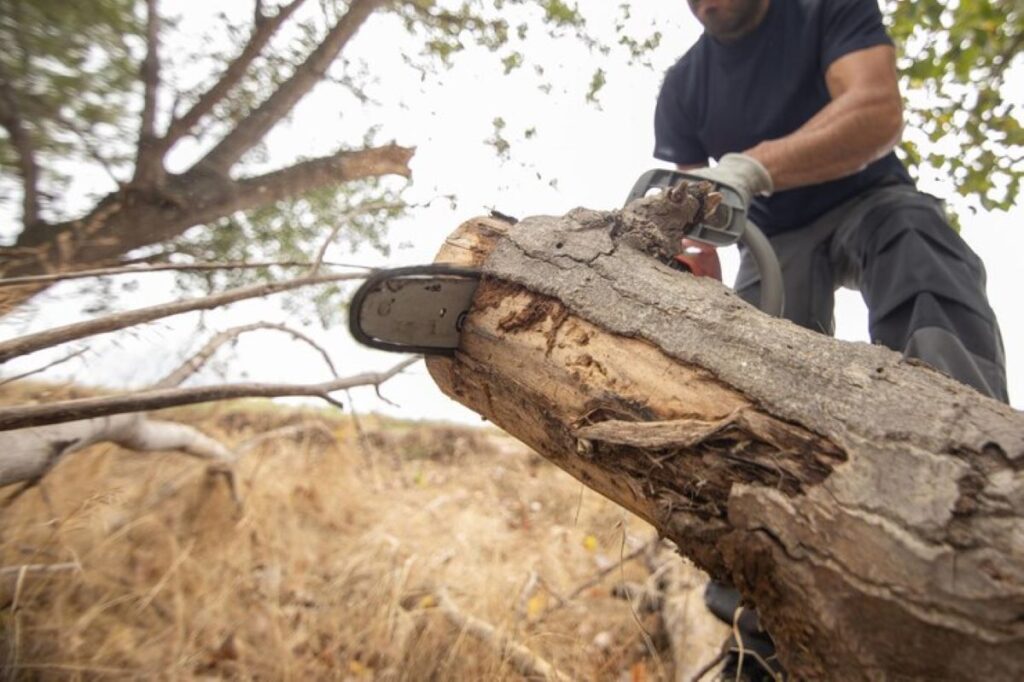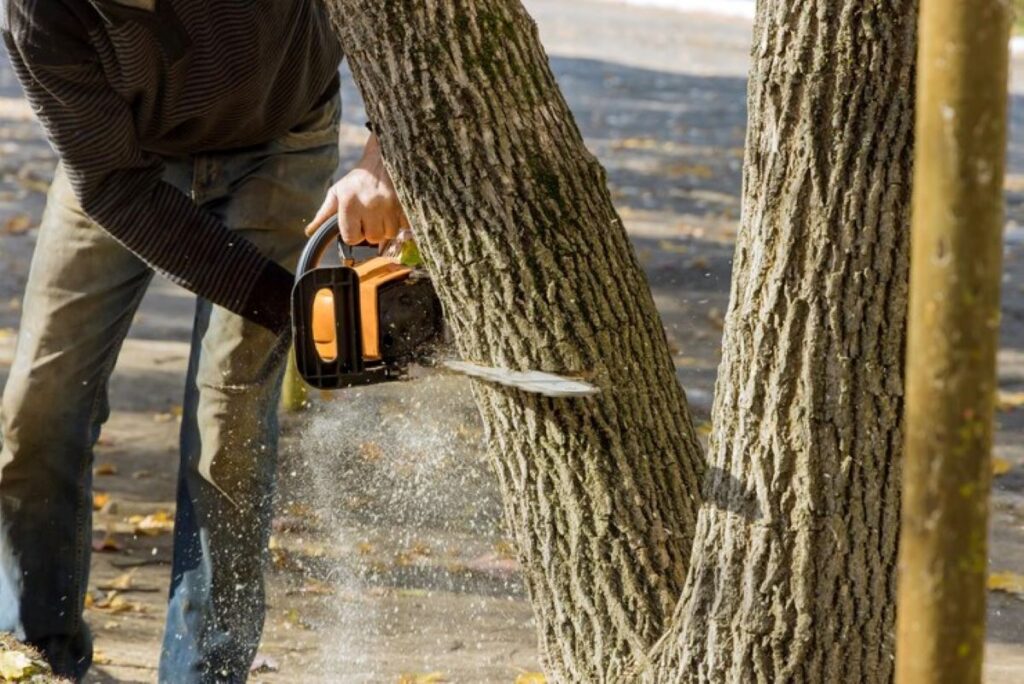
Tree removal cost can vary greatly depending on several factors. Understanding tree removal is essential for homeowners who have trees on their property that need to be removed. It is also important to know why tree removal may be necessary. In this article, we will discuss the factors that influence tree removal cost, the average cost of tree removal, additional costs to consider, and the benefits of hiring a professional tree removal service.
Understanding Tree Removal
Tree removal is the process of cutting down and removing a tree from its location. Whether it’s due to safety concerns, tree disease, or the need for construction or landscaping, tree removal is a task that requires proper planning and execution. It is often recommended to plan tree removal cost and hire a professional tree removal service to ensure the job is done safely and efficiently.
When it comes to tree removal, it’s crucial to consider the environmental impact as well. Trees play a vital role in the ecosystem by providing oxygen, reducing air pollution, and offering habitats for various wildlife. Therefore, before removing a tree, it’s essential to assess its overall impact on the environment and explore alternative solutions such as tree trimming or relocation.
What is Tree Removal?
Tree removal involves cutting down a tree and removing it from the ground. This process can be complex and should be carried out by experienced professionals to minimize any potential risks. It typically involves the use of specialized equipment and techniques to ensure the safety of those involved and to protect surrounding structures or landscaping.
Furthermore, after a tree is removed, the stump and roots may still remain in the ground, which can pose challenges for future landscaping or construction projects. Stump grinding or removal is often recommended to fully eliminate any remnants of the tree and prevent potential regrowth.
Why Tree Removal is Necessary
Tree removal may be necessary for various reasons. One common reason is when a tree becomes a safety hazard. This can be due to disease or structural issues that make the tree unstable and prone to falling. In some cases, trees may need to be removed to make room for construction projects or landscaping enhancements. Additionally, diseased trees can spread diseases to other nearby trees, making removal the best course of action to protect the overall health of the surrounding vegetation.
It’s important to note that tree removal should always be approached with caution and respect for the environment. By understanding the reasons for tree removal and the proper techniques involved, individuals can ensure that this process is carried out effectively and responsibly.
Factors Influencing Tree Removal Cost
The cost of tree removal is influenced by several factors. Understanding these factors can help homeowners estimate the potential cost involved.
Tree removal is a complex process that requires careful planning and execution. It involves assessing various factors to ensure the safety of both the workers and the surrounding property. By considering these factors, homeowners can make informed decisions about tree removal and budget accordingly.
Size of the Tree
The size of the tree is a significant factor in determining the cost of removal. Larger trees generally require more time, labor, and specialized equipment to safely remove. Therefore, the larger the tree, the higher the removal cost is likely to be.
Removing a large tree involves a higher level of risk and complexity. It requires skilled arborists and advanced equipment to ensure the tree is taken down safely and efficiently. Factors such as the tree’s height, diameter, and canopy spread all contribute to the overall cost of removal.
Location of the Tree
The location of the tree also plays a role in determining the cost of removal. If the tree is situated in an area that is difficult to access, such as close to a building or power lines, additional precautions and equipment may be needed. This can increase the overall cost of tree removal.
In urban areas, trees are often surrounded by obstacles such as buildings, fences, and utility lines. Removing a tree in a confined space requires careful planning to avoid damage to property and ensure the safety of nearby structures. Arborists may need to use cranes or other specialized equipment to navigate tight spaces, adding to the overall cost of removal.
Tree’s Condition
The condition of the tree can also impact the cost of removal. If the tree is healthy and structurally sound, it may be easier to remove compared to a diseased or compromised tree. Trees with structural issues may require extra care and skilled techniques for safe removal, leading to higher costs.
Assessing the health of a tree is crucial before removal. Diseased or decaying trees pose a higher risk during removal and may require additional safety measures. Arborists may need to take extra precautions to prevent the spread of disease or ensure that the tree does not collapse unpredictably during the removal process, all of which can affect the overall cost.
Average Cost of Tree Removal
The average cost of tree removal can vary depending on the size and type of tree being removed.
When considering the cost of tree removal, it’s essential to take into account additional factors that can influence the overall price. Factors such as the tree’s location on the property, accessibility for equipment, and any obstacles nearby can all impact the final cost of removal. Trees located close to buildings, power lines, or other structures may require more careful planning and specialized techniques, leading to higher removal costs.
Cost Based on Tree Size
As mentioned earlier, the size of the tree is a significant factor in determining the cost of removal. On average, small trees with a height of up to 30 feet may cost between $150 and $500 to remove. Medium-sized trees ranging from 30 to 60 feet can cost between $500 and $1000. Large trees over 60 feet in height can cost anywhere from $1000 to $2000 or more for removal.
It’s important to note that the diameter of the tree can also impact the cost of removal. Thicker trees may require more labor and time to cut down and dispose of, resulting in higher overall costs compared to thinner trees of the same height.
Cost Based on Tree Type
The type of tree being removed can also impact the cost. Some tree species have denser wood or more extensive root systems, making removal more challenging and time-consuming. Additionally, certain species may require specialized equipment or expertise for removal, resulting in higher costs compared to more common tree species.
Furthermore, the health and condition of the tree can affect the cost of removal. Diseased or damaged trees may pose additional risks during removal, requiring extra precautions and potentially increasing the overall cost of the service. Tree removal professionals may need to take extra measures to ensure the safe and efficient removal of compromised trees, adding to the total cost of the project.
Additional Costs in Tree Removal
In addition to the base cost of tree removal, there are often additional costs that homeowners should consider.
When planning for tree removal, it’s essential to factor in potential additional costs that may arise during the process. Understanding these extra expenses can help homeowners budget effectively and avoid any financial surprises.

Stump Removal Costs
After a tree is removed, the stump that remains can be an eyesore and a potential tripping hazard. Stump removal typically requires additional equipment and labor, leading to extra costs. On average, stump removal can cost between $60 and $350 per stump, depending on the size and accessibility of the stump.
Homeowners should also consider the method of stump removal when budgeting for this expense. Stump grinding is a common technique that involves using a specialized machine to grind the stump into small wood chips. This method is often more cost-effective than full stump removal, where the entire stump is excavated from the ground.
Debris Removal Costs
During the tree removal process, there is often a significant amount of debris generated, including branches, leaves, and logs. While some tree removal services may include debris removal in their base price, others may charge extra for this service. Homeowners should inquire about debris removal costs upfront to avoid any surprises.
It’s important to note that the cost of debris removal can vary depending on the amount and type of debris generated during the tree removal process. Some companies may offer to haul away the debris for an additional fee, while others may provide options for homeowners to dispose of the debris themselves to save on costs.
Hiring a Professional Tree Removal Service
While some homeowners may consider removing a tree themselves to save money, hiring a professional tree removal service offers numerous benefits. Trees are not only valuable for the environment but also for the aesthetic appeal of your property. However, there are instances when tree removal becomes necessary due to disease, damage, or safety concerns. In such cases, entrusting the job to experts can make a significant difference.
Professional tree removal services have the knowledge, experience, and equipment required to remove trees safely and efficiently. They understand the potential risks involved and take necessary precautions to protect themselves, your property, and the surrounding area. Their expertise ensures that the tree removal is done correctly, minimizing the likelihood of property damage or personal injury. Additionally, these professionals can provide insights on whether tree removal is the best course of action or if there are alternative solutions to address the issue.
Benefits of Hiring Professionals
Professional tree removal services not only handle the physical aspect of tree removal but also offer expertise in tree care and maintenance. They can provide recommendations on suitable tree replacements or offer advice on how to prevent similar issues in the future. By hiring professionals, you are investing in the long-term health and beauty of your landscape.

How to Choose a Tree Removal Service
When selecting a tree removal service, it is important to research and choose a reputable and licensed company. Look for companies with positive reviews, certifications, and proper insurance coverage. It is also advisable to obtain multiple quotes to compare prices and services offered. Remember that the lowest price may not always guarantee the best service, so prioritize quality and reliability when making your decision.
Tree removal cost can vary depending on various factors, including tree size, location, and condition. It is crucial to consider additional costs such as stump removal and debris removal. While it may be tempting to attempt tree removal yourself, hiring a professional tree removal service ensures a safe and efficient job. Do thorough research and choose a reputable company to ensure the best outcome for both your property and your wallet. Remember, investing in professional tree removal now can save you from costly repairs and regrets in the future.
